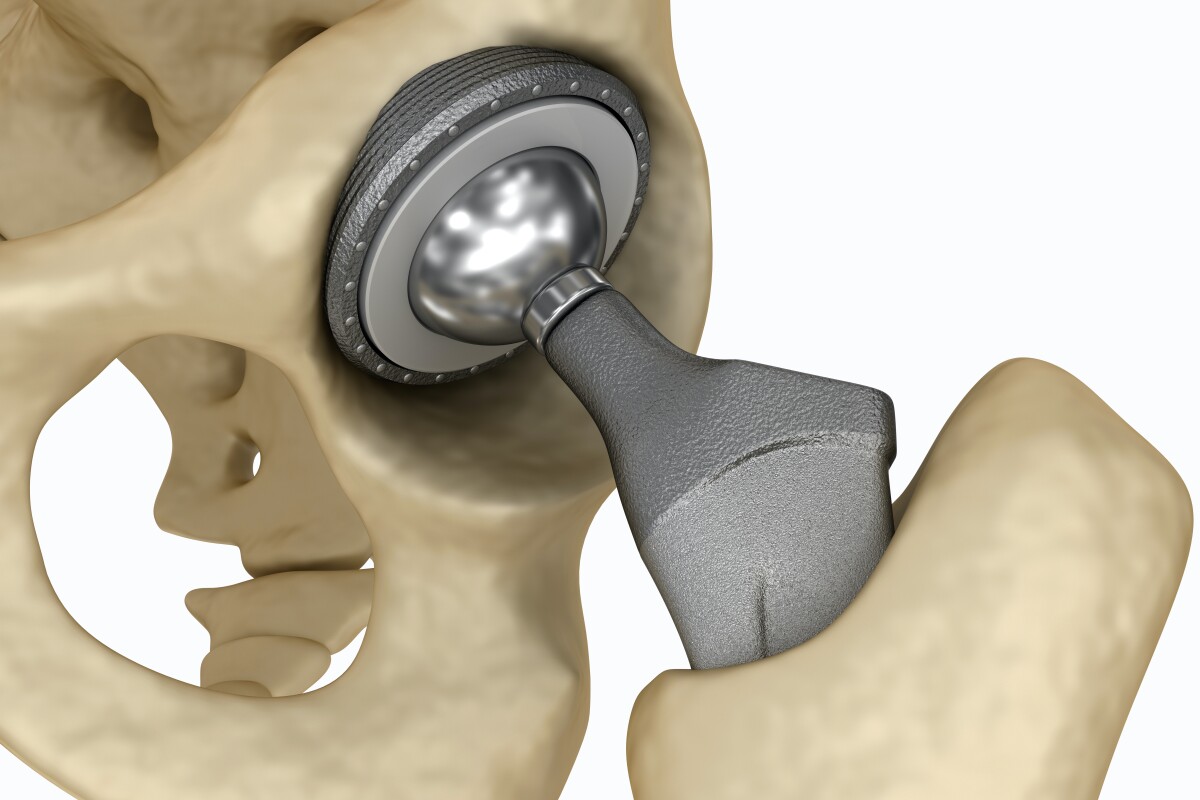Whenever someone receives a steel implant such as an artificial hip, there's always a risk that it won't integrate with the surrounding bone, ultimately causing it to separate and fail. A new coating, however, has been created to keep that from happening.
Designed to be applied to the surface of titanium prostheses, the polymer coating incorporates a fragment of a protein known as fibronectin. It is produced by the body naturally, and it triggers the cells in the adjacent bone tissue to reproduce, growing their way into the coating.
More specifically, the fibronectin fragment is called the RGD domain, and it consists of three amino acids – arginine, glycine, and aspartate. The RGD molecules serve as anchoring points for hook-shaped bone cell proteins known as integrins. These not only secure the adjacent bone tissue to the prosthesis, but they also communicate with the cell itself, telling it to reproduce and to adhere to the coating.
By contrast, because non-coated implants lack the RGD domain, the bone cells may not recognize them as a compatible material.
Once developed further, the coating could additionally incorporate anti-inflammatory medication and antibiotics, in order to lessen the chances of rejection, infection or other complications.
Collaborating on the Spanish study were scientists from the University of Malaga, the Canary Islands Technological Institute, and biotechnology company Osteobionix. A paper on the research was recently published in the journal Polymers.
And this isn't the first coating we've seen that's designed to help implants integrate with bone. Others have been developed by MIT, Tel Aviv University, and the Georgia Institute of Technology.
Source: Fundación Descubre via AlphaGalileo




